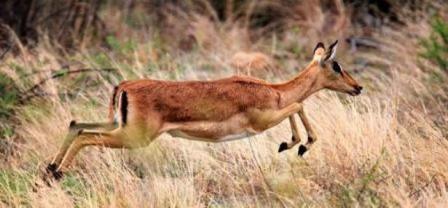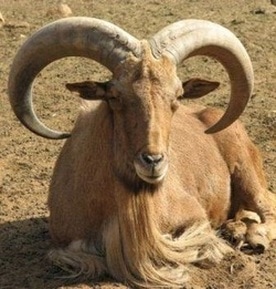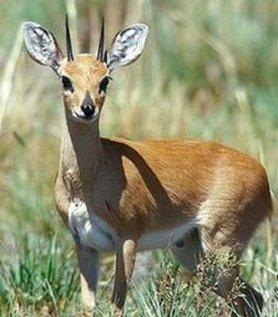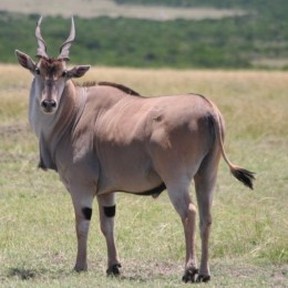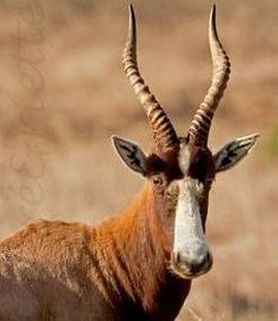African Antelopes |

Custom Search
|
There are about 90 different species of antelopes found in various regions in Africa and Eurasia. From those, only about 72 species of antelope are found on the African continent. This is why Africa is known as the land of the antelopes since most antelope species are found in the African Continent.
We can find African antelopes in the US such as the Addax (Addax nasomaculatus), and Dama Gazelle (Nanger dama). But they are not native to the Americas and were introduced there by humans. Around the world about 25 species of antelope are considered endangered with some facing extinction, usually, the main threats to them are poaching, and loss of habitat. The origin of the word antelope is the Greek word "Anthólops", which combines two Greek words "anthos" meaning flower and "ops" meaning eyes. Probably referring to a beautiful animal with beautiful eyes and long eyelashes.
Where do African antelopes live?As their name implies African antelopes live in Africa, but they can be found in a variety of habitats across the continent. Most of them will usually inhabit grasslands but some have adapted to live in mountainous areas living in colder areas while others live in hot deserts and some are found in swamps and wetlands.
What do African antelopes eat?All African antelope species are herbivores, meaning they eat grass, berries, shrubs, shoots, seeds and other types of plants found in their environment.
How do African antelopes look like?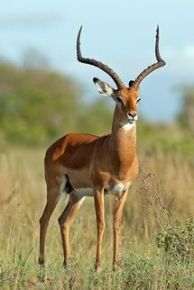
All African antelope species have even-toed hooves, horizontal pupils and bony horns made of Keratin. Most of us compare or confuse antelopes with deer because of their similarity, however unlike deer antelope horns are permanent, while deer shed theirs every year.
African antelopes horns vary both in shape and size, some are straight others spiraled, curved or even twisted. In some antelopes, the horns may grow up to 5 feet in length. The antelopes use their horns to fight other antelopes usually during mating season but also to protect themselves, or their herd, from predators. In some of the African antelope species both the male and females have horns on their heads, usually in the larger ones like the Roan and Eland. There is a wide range of physical characteristics and different behaviors found in the African antelope species. This is caused by the different climates and terrain they live in. The different predators found throughout Africa also lead to different adaptations by the individual antelope species. Small antelopes like the dik-dik measuring up to 16 inches tall, will simply hide predators until there's no danger. The larger antelopes try to escape predators like lions or hyenas, by outrunning them using their long legs and speed. Like many other herbivores, African antelopes must rely primarily on their senses to detect approaching predators. But even so, they make up a large portion of preys killed and eaten by large predators such as cheetahs, leopards, or lions. African Antelope SpeciesThe African antelopes form a very large and diverse group ranging from the smallest of them, the royal antelope to the giant eland, the largest but also the slowest antelope species in the world.
As we've seen before there are many different African antelope species, here some of the most common antelope species found in Africa.
|
|
